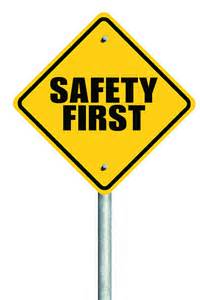 Ergonomics, the word is so associated with office chairs people forget to apply similar principles to work like lifting.
Ergonomics, the word is so associated with office chairs people forget to apply similar principles to work like lifting.
Chair ergonomics is all about comfort for a long day at a computer. The seat height adjusts so your feet are grounded comfortably, the back supports your lumbar region, and armrests must allow the chair to pull fully to the desk so you can reach your work without stretching.
As an employee making a lift or moving a load on a cart, your number one job is safety. Safety relates to comfort and reducing stress and strain on your body.
Assess Your Load
Like assessing your workstation for layout, assess the load to be moved. Is it too heavy for one person? Is it too unmanageable of a shape to balance the load?
Decide if this lift is solo or seek help. In seeking help, take the lead in choreographing the lift and carry to minimize miscommunication or working at cross purposes. Once both parties are on the same task, begin.
Use Proper Lifting Ergonomics
1. Properly attach a lifting belt which supports your back and shifts some of the load to your shoulders.
2. Bend with your knees and keep your back straight.
3. Be sure you have a good grip, wear gloves if needed
4. Keep the load close to your body.
5. Balance with your feet, don't twist your body while lifting.
6. Lift with your major leg muscles.
7. Store heavier loads at an easier lifting height.
Carts and Hand Trucks
Consider the pathway you will be following: any obstructions, tight corners, traffic, low ceiling heights, any obstacles? Decide on the best path and secure traffic.
After balancing and securing the load, push the truck or dolly whenever possible. The load and path are visible to you when pushing rather than pulling.
Ergonomically, pushing is easier on your back muscles. Arms straight, lean your body weight into the load; then when you achieve the correct straight posture, push with your leg muscles.
If the load does not move, get help. Do not allow the load to move without the strength to keep it under control.
Keep your back straight and lumbar supported. Let your legs do the work. And, do not twist. Work in a comfortable posture.